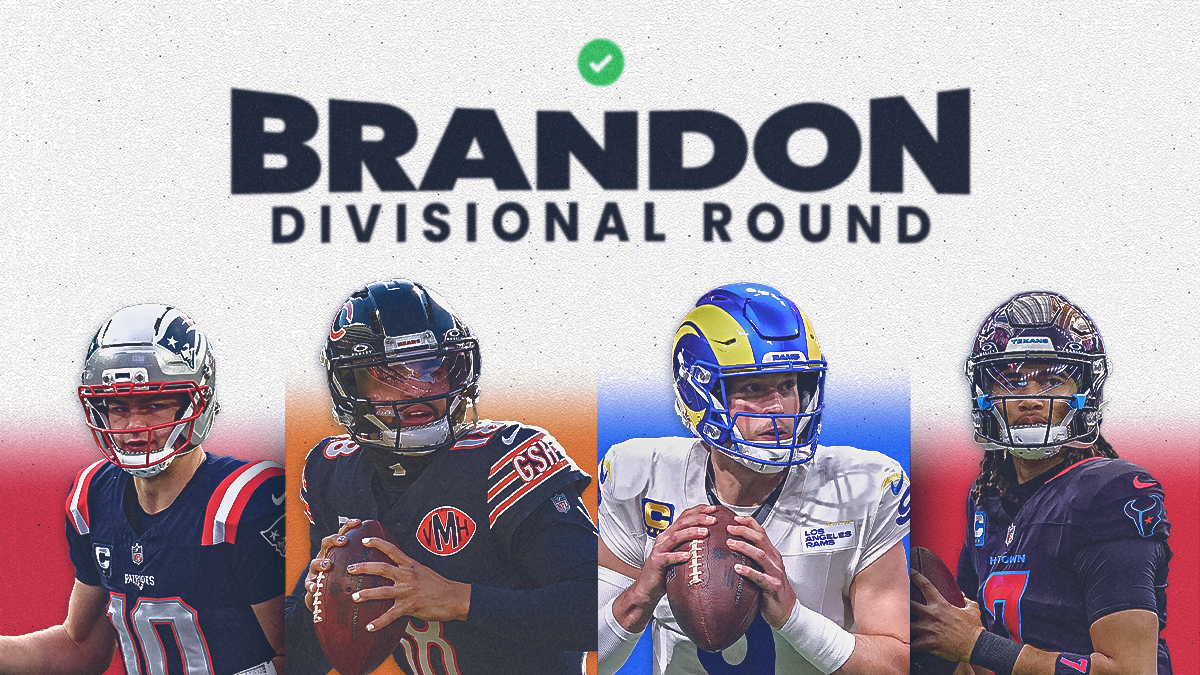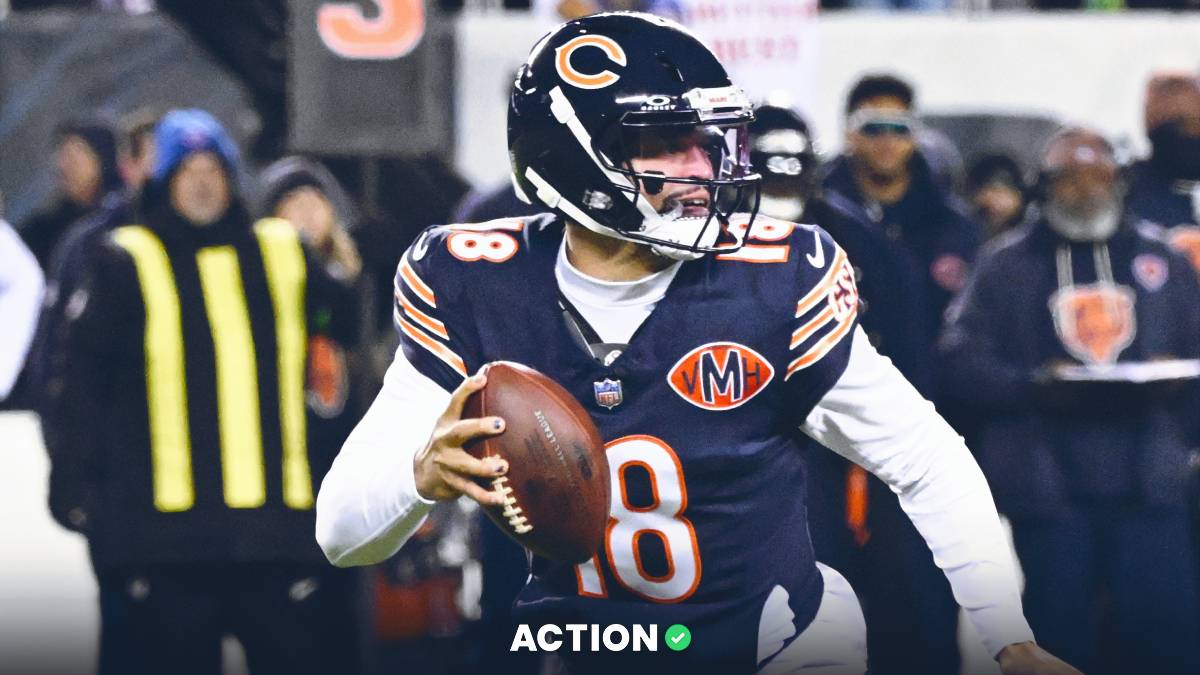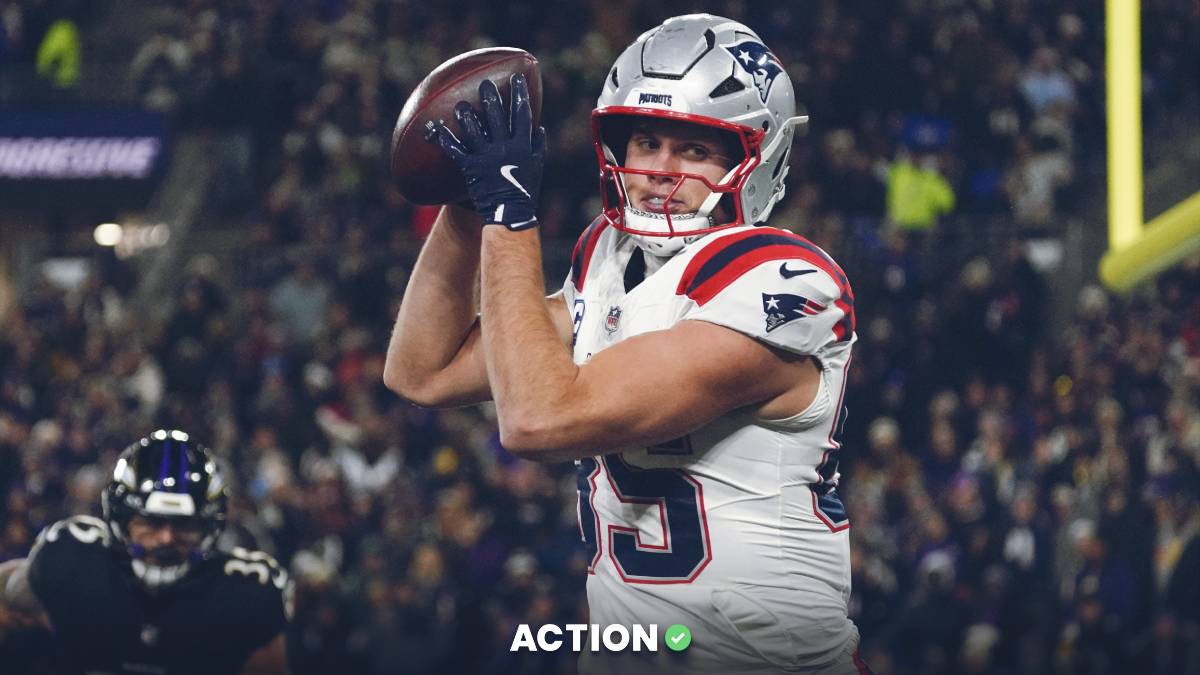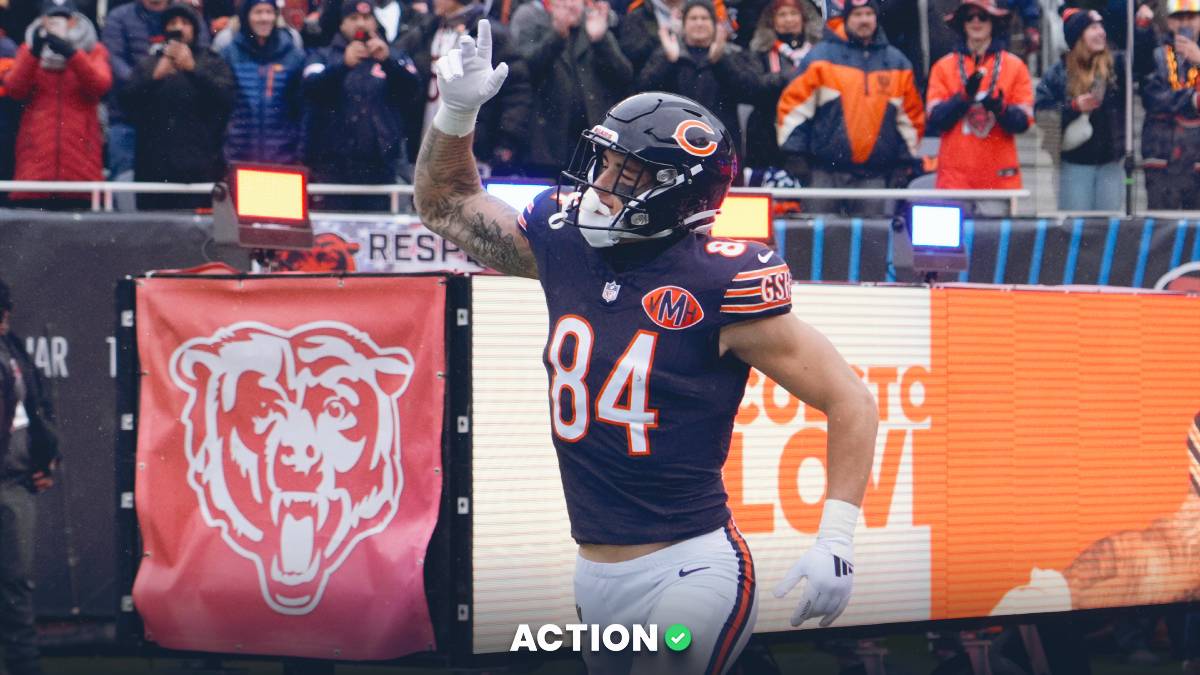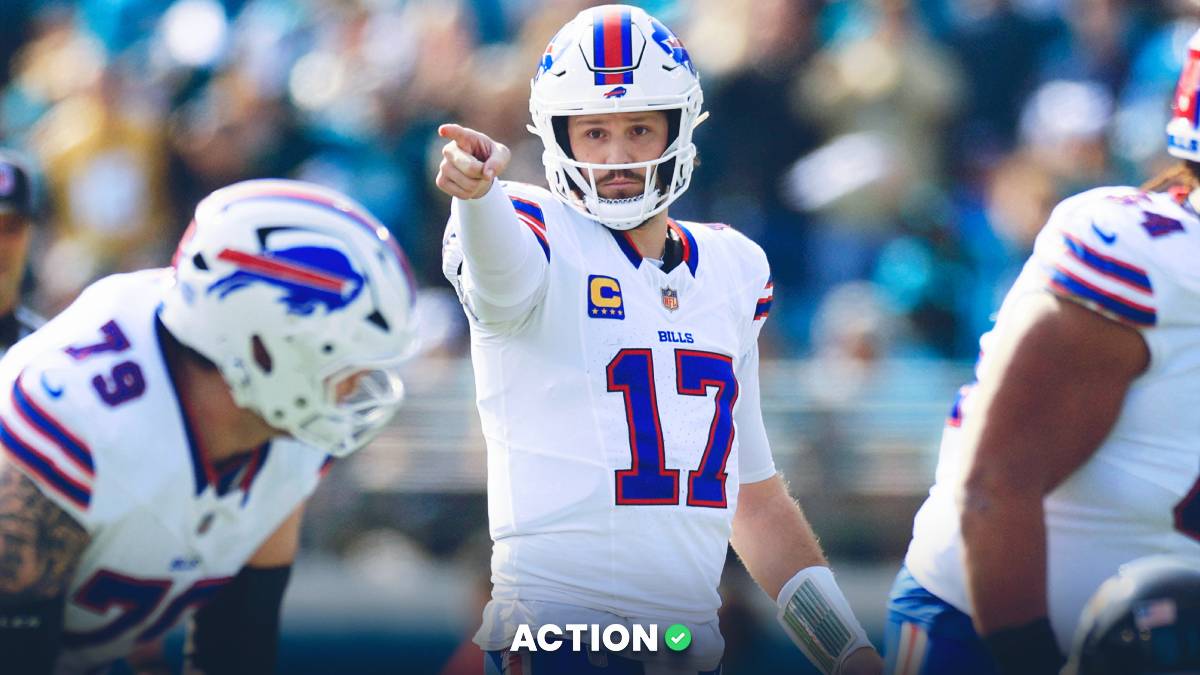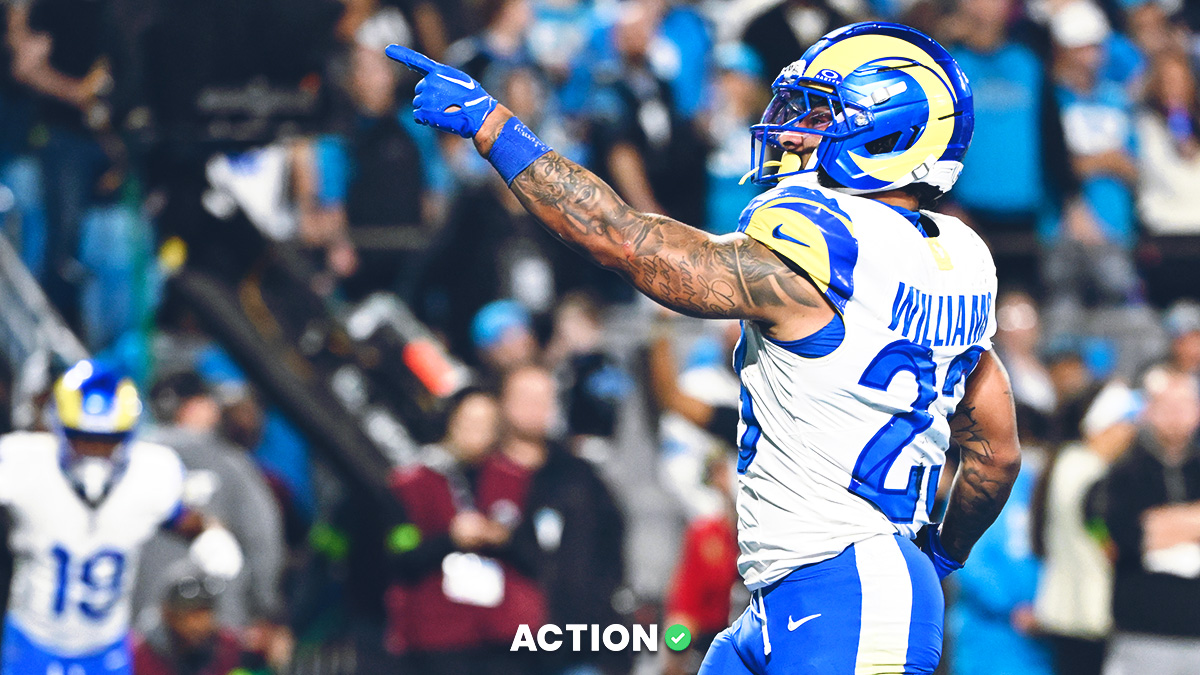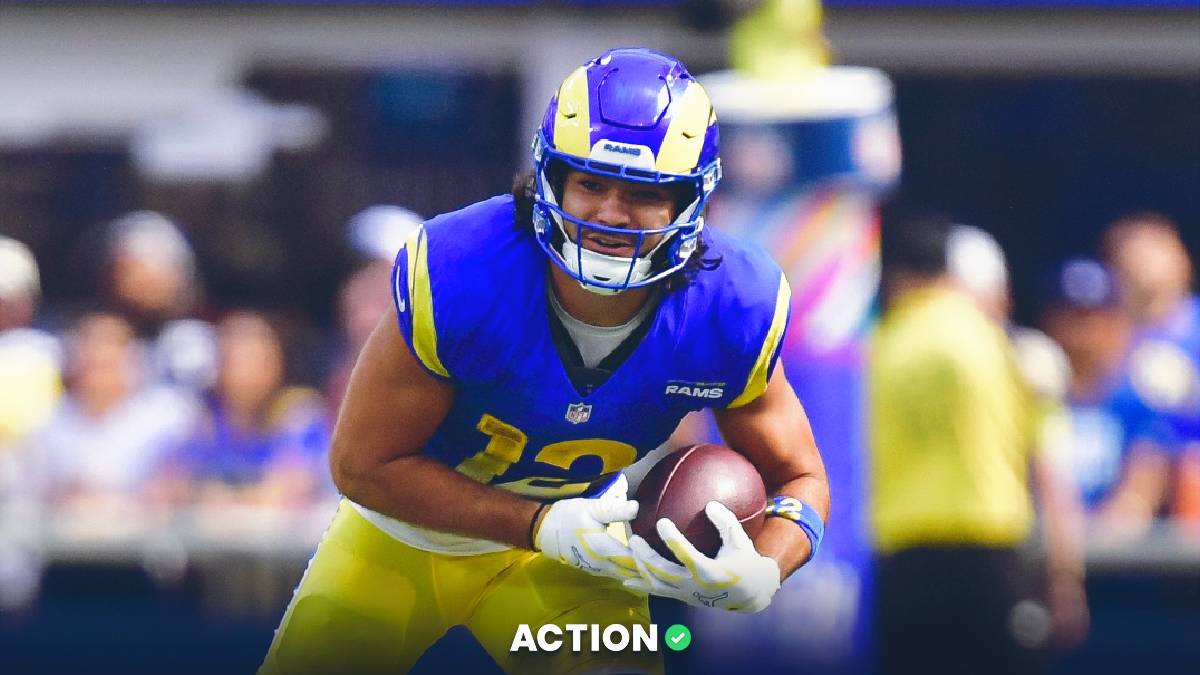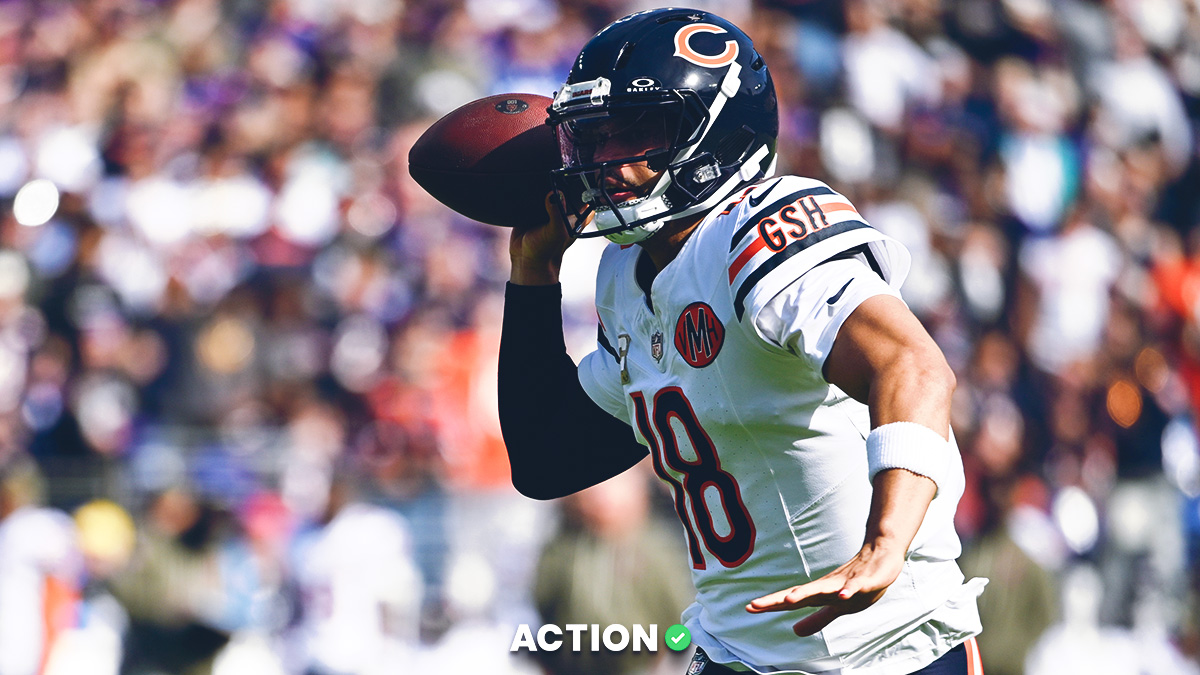It's time for Justin Fields to find a new NFL home.
The Chicago Bears had the No. 1 overall pick in last year's draft but traded it for a king's ransom and gave Fields another season instead of drafting Bryce Young or C.J. Stroud to replace him.
That move worked quite well as the Bears have the new No. 1 pick as part of that haul. By all accounts, the Bears are expected to draft a quarterback to replace Fields in April, presumably USC's Caleb Williams. He's almost three years younger than Fields and considered a generational prospect by many. He also resets that extremely valuable rookie-scale contract for three more years in Chicago.
Fields is still under contract in Chicago, but it looks like the Bears will trade him away. And in a quarterback-desperate league, Fields will likely get another shot to start somewhere next fall.
But is Fields a starting-caliber NFL quarterback? What exactly is he worth in a trade? And which team is the right one to gamble on Fields' tantalizing upside?
Let's dig into the numbers, starting with what made folks fall for Fields in the first place.
Why was Fields such a high draft pick?
I loved Fields in the 2021 NFL Draft, and I was not alone.
I ranked Fields second among quarterbacks, behind Trevor Lawrence but in the same tier as him, a guy many considered a generational franchise option, and well ahead of Trey Lance, Mac Jones and Zach Wilson.
The numbers were in Fields' favor. He was an elite runner with a 4.44 time in the 40, and that has certainly borne out in the NFL. Fields is electric with the ball in his hands, as much as any runner in the league, quarterback or otherwise.
Fields also entered the NFL with above-average accuracy and turnover metrics, two key stats I consider for draft prospects. His college 68.4% completion rate stood out. He was over 70% in his final season, and the underlying numbers were even better. Football Outsiders had Fields' true accuracy at an incredible 83%, the highest it had ever tracked, with elite marks on curls, outs, slants and all those short-timing routes, along with plenty of air yards downfield.
At the time, I wrote that Fields' numbers were even more impressive considering the almost 22% pressure rate he faced at Ohio State. That may have been true, but that turned out to be a harbinger of what was to come. Fields has faced huge pressure rates in the NFL too, and the concerns about his slow release and processing speed, and questionable decision-making, have troubled him in the NFL.
Taking a long time to throw and questionable decision-making have carried over to the NFL, along with the running ability. The elite accuracy has not. And therein lies the problem.
Fields has not been good as an NFL quarterback
As a runner, Fields has been awesome.
But the NFL is a passing league, and Fields simply hasn't been good as a passer.
In three seasons, Fields has compiled a completion percentage barely over 60%, with only the slightest progression to 61.4% this season. That's just not good enough, not even close.
Fields has thrown 40 touchdowns and 30 interceptions. That ratio doesn't cut it, and his 3.1% interception rate is quite poor and ranks among the worst in the league. He'd have more interceptions if the Bears trusted Fields enough to throw more.
Fields' career success rate as a passer sits at 37.8%, per Pro Football Reference, and that hasn't really progressed. For reference, Patrick Mahomes has been over 50% in all but one NFL season, which means Mahomes is successful on one out of every eight plays while Fields fails the team.
The running is great, of course, but comes at a cost. Fields had 10 fumbles this season and has had double-digit fumbles every season, so there are turnover issues. The running also comes at a cost to his body, and Fields has dealt with ongoing injuries that limit him and hurt development time.
The other cost to the running is that Fields still holds the ball far too long. His 12.4% career sack rate is abysmal as he takes about one sack every eight passing attempts. Sacks are drive killers, and they are a quarterback stat. Fields ranked last in time to throw among NFL starters at 3.23 seconds, per Next Gen Stats, and he was near last a season ago.
This was a problem at Ohio State, too. Turns out, we should have worried about all the pressure Fields was taking despite being surrounded by immense talent. He's making decisions too slowly, holding the ball too long while trying to make something happen and creating negative plays. Fields led the league in sacks last season and finished top four in sacks per game again this season.
NGS also lists Fields' expected completion rate at 61%, the lowest in the NFL. The other names near him are other young guys like Young, Will Levis and Wilson. Like Fields, those guys are struggling to read the field and make good decisions with the football. You know — quarterback stuff.
Fields ranked 22nd in EPA per play, the same spot he ranked last year. He ranked 28th out of 30 starters in success rate. He ranked 21st in PFF grade, just behind Derek Carr and Baker Mayfield, just ahead of Joe Flacco. By passing grade alone, Fields drops to 25th.
There are 32 NFL teams. Those metrics suggest that about three of every four NFL starters this season were better than Fields. That's worse since not all 32 teams had a consistent starter.
All those runs make for pretty highlights and nice fantasy football numbers, but Fields hasn't been a good NFL quarterback.
Is he at least showing some signs of progression?
Fields is progressing a little, enough for one of 32 teams to gamble on him
Fields has shown some progress — but not a ton.
Fields had a 74.8 PFF grade this season, up from 70.2 last season and 64.2 as a rookie. He's moving in the right direction, up from 29th to 23rd to 21st. That's still not high enough, but it's trending the right way.
He also saw his Turnover Worthy Play rate drop from 4.4% last season, a pretty terrible number, to 3.3% this season at PFF. That's still not good enough either, but again, it's improved.
The accuracy was better, a little, and better too as the season went on. There were flashes, and you can start to see the game slowing down a little for Fields as he reads the defense, keeps his eyes downfield and starts to get through his progressions a bit quicker.
Fields is getting better. A little.
Enough.
Enough for some NFL team to take a chance on a guy who turned 25 on Tuesday and still looks like a starting-caliber quarterback. Even the 20th or 25th best in the world is still pretty good after all, and there are 32 teams in need of a starter.
The truth is that if you go through all 32 teams one by one, I count over half of them that don't (or at least shouldn't) think they have the long-term answer at quarterback.
You already know many of those teams because they're the ones rumored to be destinations for Fields — the Steelers, Raiders, Falcons, Patriots and Vikings.
I'm not sure Fields is the right quarterback for a team like Pittsburgh or Minnesota that thinks it can compete for the playoffs right now. Nothing we've seen from Fields in three NFL seasons says he can lead a playoff team right now.
But if you're a team like the Raiders or Patriots, with little to lose and everything to gain, why not find out?
What about a team like the Jets or Rams with an aging veteran at quarterback? Fields won't start this season, but he's a heck of an insurance plan and a possible answer a year or two from now if he develops well.
How about the Seahawks or Giants? Both have competent quarterbacks, for now, but guys with a glass ceiling. Neither Geno Smith nor Daniel Jones is signed to a strong contract that commits their team to them beyond this season. Why not bring in Fields, develop him for a year and see what turns up for a team in transition?
It's tough to imagine Kyle Shanahan going after Fields after his failed attempt with a similar running threat (Lance) in that same draft, but why wouldn't a team like the 49ers or Dolphins consider the upside of Fields in potentially putting an already elite offense over the top with more than just competent quarterback play?
Fields is going to get a shot somewhere, and he should.
Don't be surprised if the list of potential destinations is even deeper than you think.




